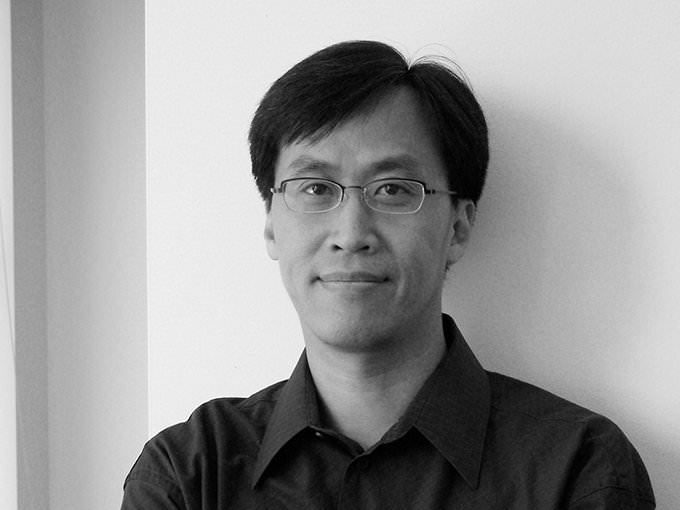
|
NOTICE OF MEETING
|
|
Net Zero Building vs Net Zero District
ASHRAE Toronto Dinner Meeting
|
| Date: |
Monday January 7th, 2018
|
| Venue: |
DoubleTree by Hilton Hotel
108 Chestnut St, Toronto, ON M5G 1R3
Directions
|
| Networking & Registration: |
5:00 pm to 6:00 pm
|
| Dinner & Presentation: |
6:00 pm to 9:00 pm |

FEATURED PRESENTATION
Net Zero Building vs Net Zero District
Over the last decade, the architectural and engineering design community has made great strides in improving the energy efficiency of buildings. This has been inspired by standards and guidelines developed by ASHRAE, USGBC, various government agencies and a public awareness translating to market demand. Buildings currently represent 49% of the US energy consumption on an annual basis. The demand for energy efficiency goes beyond energy consumption and includes energy demand especially in economically expanding countries like China and India where there is a severe gap between electricity supply and projected demand over the next 10-20 years. The next phase in the energy efficient design will challenge the community to produce Net Zero Buildings (NZB). This challenge in the US by the AJA targets the year 2030 and in Europe, the target is year 2019. To achieve the target net zero for the next generation, the answer may partially rest in the larger infrastructure in the city from the central heating and cooling plant, co-generation, clean energy from the grid and looking at waste or renewable sources as a "resource" to generate power, similar to nature that has no waste and is integrated as a whole.
Building energy efficiencies have been greatly enhanced over the last three decades by utilization of high efficiency glazing and envelopes, effective use of day lighting, high efficiency lighting, energy star computers and appliances etc. The energy required has been further reduced by the application of renewable energy strategies such as active solar systems, photovoltaic systems and building integrated wind turbines. Studies by National Renewable Energy Laboratory (NREL) have shown that zero energy becomes more difficult to achieve as the building height increases. However, the study also concludes that 62% of buildings could achieve net zero. Climate, of course, plays a major role in achieving the net zero with different strategies for efficiency and renewable strategies depending on climate. Tall buildings represent some challenges, but also opportunities in energy efficient design due to the changes in environmental conditions with altitude. As we strive to design NZB, there may be a point of diminishing returns economically. This extends the idea of NZB to Net Zero District (NZD).

 DISTINGUISHED LECTURER
DISTINGUISHED LECTURER
Luke Leung, P.E.
Director - Skidmore, Owings & Merril
Luke is a LEED Fellow; He is also a Centennial Fellow from The Pennsylvania State University Architectural Engineering Department; Board of Directors for USGBC, Illinois; Chairman of the ASHRAE Committee on “Tall Buildings”; Chairman of the Building Pressure Committee, Chicago Committee on High Rise Buildings; Sustainable Committee with Council on Tall Buildings and Urban Habitat; Part Time Professor at IIT; Member of the Chicago Sister Cities Program with China; MBA from University of Chicago, MS and BAE from Architectural Engineering at Penn State University.
Luke Leung is a Director of the Sustainability Engineering Studio for Skidmore, Owings and Merrill LLP. His work includes Burj Khalifa, the world’s current tallest man-made structure; Multiple times “Excellence in Engineering” award from the American Society of Heating, Refrigeration and Air Conditioning Engineers (ASHRAE); 2 awards from National Institute of Building Sciences, among others. Selected projects also include Pertamina Tower (Net Zero Supertall), General Motors Global Headquarters, Roche Diagnostic in Indianapolis, Beijing Finance Street, Embassy of Ottawa in Canada, Embassy in Beijing, Lakeside – 55 million sqft low energy development, a LEED Platinum building with the first large scale horizontal wind turbine in the city of Chicago; etc., and has served as a member of the editorial team for the CTBUH guide Natural Ventilation in High-Rise Office Buildings, ASHRAE “Design Guide for Tall, Supertall, Megatall Building Systems”, among other publications.

No Walk-In Registrations will be Permitted
|

Need Assistance?
Feel free to contact the following:
Beatriz Salazar
ASHRAE Toronto Technology Transfer Committee Chair
[Bo.Salazarg@gmail.com]



ASHRAE Toronto Chapter | 2350 Matheson Blvd. East #101, Mississauga ON L4W 5G9